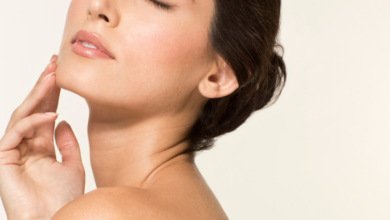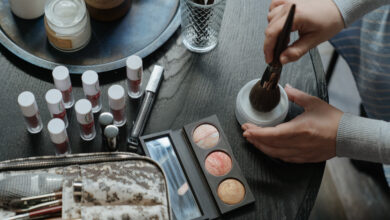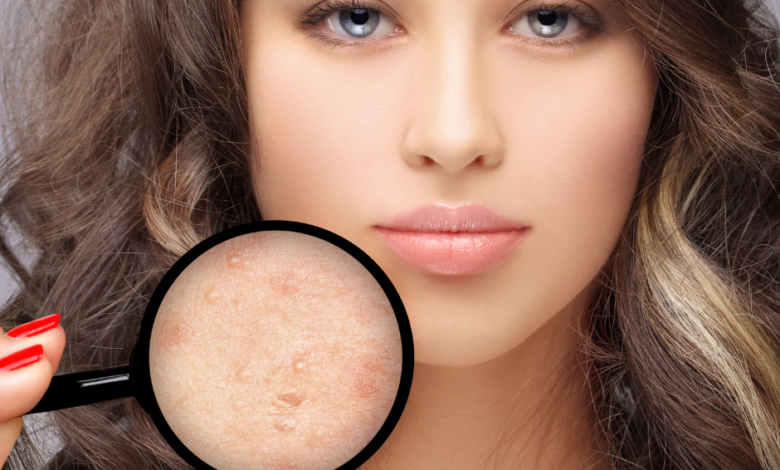
Picture this: you wake up on a beautiful morning, sunlight gently streaming in through your curtains. As you open your eyes and greet the day, you can’t help but notice the annoying presence of acne on your face. But fear not, because there is a solution that not only covers up those pesky blemishes but also helps to heal your skin at the same time. In this article, we will explore the world of face makeup specifically designed for acne-prone skin. Join us as we discover how you can achieve a flawless complexion while nurturing your skin back to its natural radiance.
Why Face Makeup for Acne-Prone Skin is Important
Understanding the needs of acne-prone skin
If you have acne-prone skin, you know how challenging it can be to find the right makeup products that won’t aggravate your breakouts. Acne-prone skin requires specific attention and care, and using the wrong makeup can further contribute to the problem. By understanding the needs of acne-prone skin, you can make informed choices when it comes to selecting the right makeup products.
Boosting confidence and self-esteem
Acne can significantly affect a person’s self-esteem and confidence. The appearance of blemishes and breakouts can make individuals feel self-conscious, which is why using face makeup for acne-prone skin can help boost confidence. By effectively covering acne blemishes, makeup can help individuals feel more comfortable and confident in their own skin.
Providing a temporary solution for acne blemishes
While skincare should always be the primary focus for managing acne-prone skin, face makeup can provide a temporary solution for covering up acne blemishes. Not only does it help to conceal breakouts, but it also allows individuals to feel more comfortable while their skin is healing. However, it is essential to choose the right makeup products and employ proper techniques to ensure that the makeup does not exacerbate existing acne or cause additional breakouts.
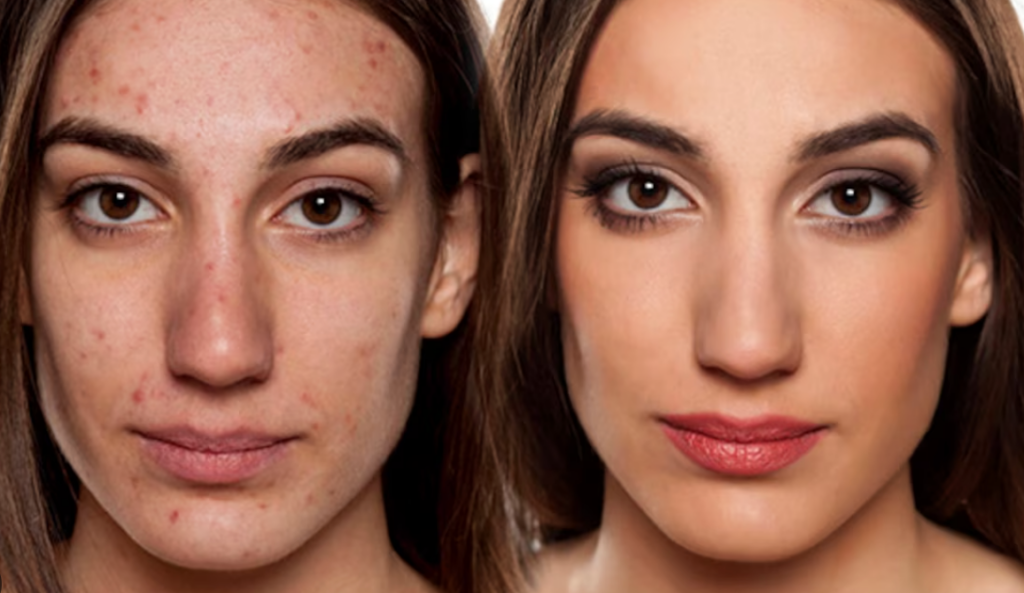
Choosing the Right Makeup Products for Acne-Prone Skin
Look for non-comedogenic products
When selecting makeup products for acne-prone skin, it’s crucial to look for those labeled as “non-comedogenic.” Non-comedogenic products are specifically designed not to clog pores or contribute to acne breakouts. These products are formulated with ingredients that are less likely to cause irritation or blockage in the skin, making them suitable for individuals with acne-prone skin.
Consider oil-free formulas
Another essential factor to consider when choosing makeup for acne-prone skin is opting for oil-free formulas. Oil can contribute to the development of acne by clogging pores and promoting bacterial growth. By selecting oil-free makeup products, you can minimize the risk of breakouts and maintain a clearer complexion.
Opt for mineral-based makeup
Mineral-based makeup products are often recommended for individuals with acne-prone skin. These products are typically free from harsh chemicals, fragrance, and preservatives that can irritate the skin and worsen acne. Mineral makeup is known for its breathable formula, which allows the skin to naturally heal while providing coverage for acne blemishes.
Avoid heavy or pore-clogging ingredients
When examining the ingredient list of makeup products, it’s vital to avoid heavy or pore-clogging ingredients. Ingredients such as lanolin, cocoa butter, and certain oils can potentially block pores and worsen acne. Opt for lighter formulas and look for labels indicating that the product is suitable for acne-prone and sensitive skin.

Prepping Your Skin for Makeup
Cleanse your face thoroughly
Before applying any makeup, it is crucial to cleanse your face thoroughly. Use a gentle cleanser specifically formulated for acne-prone skin to remove any dirt, oil, or bacteria that could potentially contribute to breakouts. Cleansing helps ensure a clean canvas for your makeup application and allows for better product absorption.
Apply a lightweight moisturizer
Despite acne-prone skin often being oily or prone to excess sebum production, it is still important to moisturize. However, opt for a lightweight, oil-free moisturizer that won’t clog your pores. Moisturizing helps maintain the skin’s natural moisture balance and prevents excessive oil production, reducing the chances of a makeup meltdown.

Use a primer for better makeup application
Using a primer is essential for individuals with acne-prone skin as it helps create a smooth canvas for seamless makeup application. Primers not only provide a barrier between the skin and makeup, but they also help blur imperfections and fill in uneven texture caused by acne blemishes.
Don’t forget sunscreen
Sun protection should be a non-negotiable step in any skincare and makeup routine. Acne-prone skin can be more sensitive to the sun, and UV exposure can worsen acne and cause inflammation. Choose a non-comedogenic sunscreen with at least SPF 30 and apply it generously to protect your skin from harmful UV rays.
Covering Acne Blemishes with Concealer
Identify the right shade of concealer
When it comes to covering acne blemishes with concealer, it is crucial to identify the right shade that matches your skin tone. Using a concealer that is too light or too dark can draw attention to the blemish rather than concealing it effectively. Ideally, choose a shade that matches your skin tone or slightly lighter for a brightening effect.
Use color correction techniques
Color correction techniques can be beneficial when dealing with severe acne blemishes. For red or inflamed pimples, choose a green color corrector to neutralize the redness. For dark spots or post-inflammatory hyperpigmentation, opt for an orange or peach color corrector to cancel out the discoloration before applying concealer.
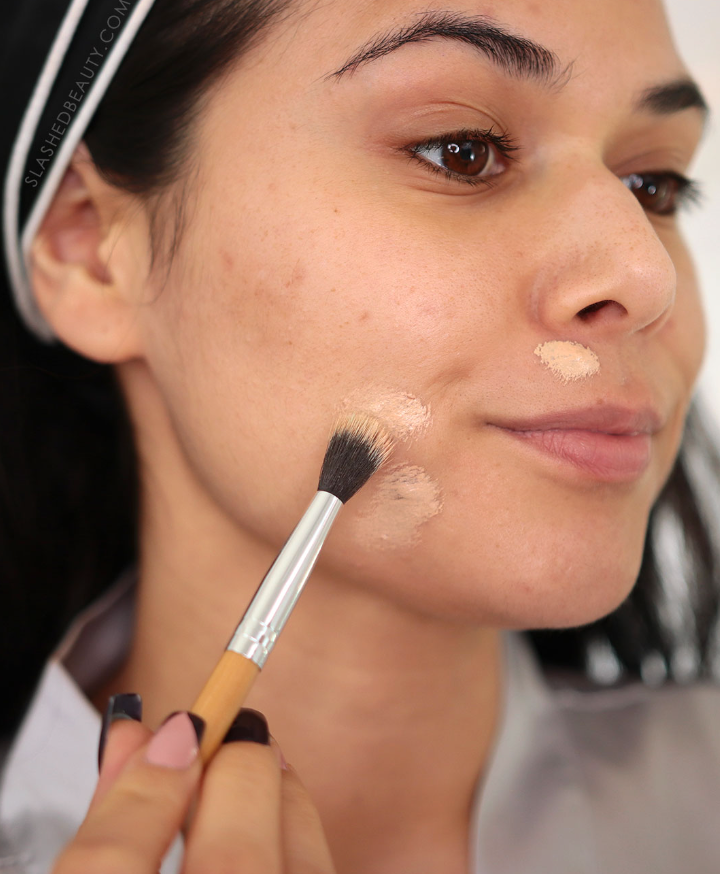
Apply concealer with a light hand
When applying concealer to acne blemishes, it is crucial to use a light hand. Applying too much product can make the blemish more noticeable and lead to a cakey appearance. Start with a small amount of concealer, and gently pat it onto the blemish, building coverage gradually if needed.
Set with translucent powder
To ensure that the concealer stays in place and lasts throughout the day, set it with a translucent powder. The powder helps to mattify the area and prevent creasing or smudging. Additionally, using a translucent powder minimizes the risk of pore-clogging ingredients that can worsen acne.

Choosing Foundation for Acne-Prone Skin
Finding a suitable foundation formula
When selecting a foundation for acne-prone skin, opt for lightweight formulas that won’t suffocate your skin. Look for foundations labeled as oil-free, non-comedogenic, or specifically formulated for acne-prone skin. These formulas are less likely to clog pores and cause breakouts while still providing coverage.
Matching the foundation shade to your skin tone
Choosing the right foundation shade is essential to achieve a natural and seamless look. When testing foundation shades, ensure that you swatch the product on your jawline, as this is the area that best matches your skin tone. Blend the foundation into your skin and check the shade under different lighting conditions to ensure a perfect match.
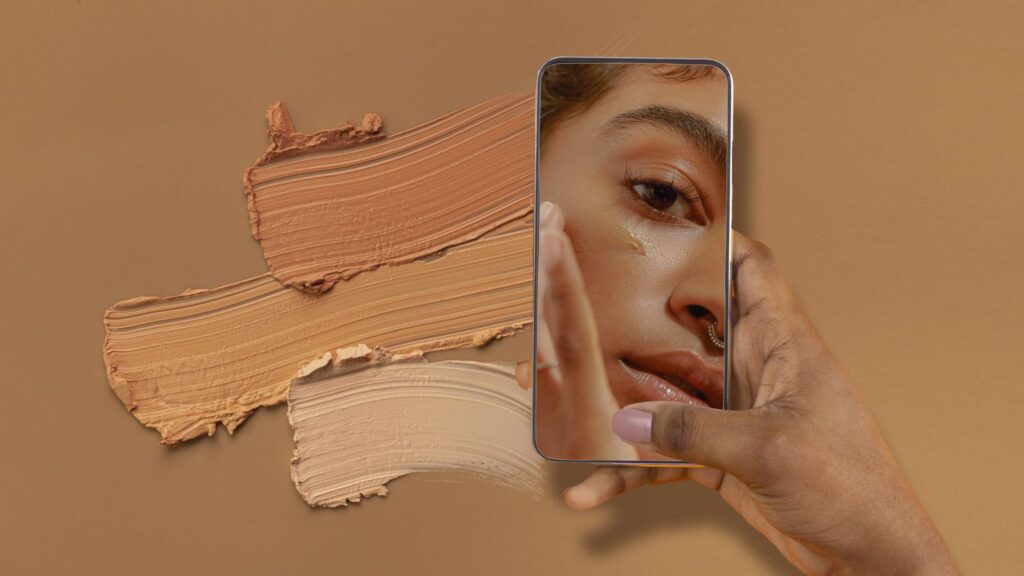
Build coverage gradually
Applying a heavy layer of foundation may seem tempting when trying to conceal acne blemishes, but it can often lead to a cakey appearance. Instead, apply foundation in thin layers, building coverage gradually where needed. This technique allows for better control and a more natural finish.
Blend well for a natural finish
To avoid a noticeable foundation line and achieve a seamless finish, ensure that you blend the foundation well. Use a beauty sponge, foundation brush, or even clean fingers to blend the foundation into your skin, paying extra attention to areas with acne blemishes to ensure they are evenly covered.
Highlighting and Contouring with Acne-Prone Skin
Focusing on areas without active breakouts
Highlighting and contouring can add dimension and shape to the face, but it’s essential to be mindful of areas with active breakouts. Avoid applying highlighter or contour products directly on acne blemishes as this can draw attention to them rather than concealing them. Focus on areas without active breakouts to enhance your features.
Using cream or liquid products for a smoother blend
For individuals with acne-prone skin, cream or liquid highlighter and contour products tend to blend more seamlessly. These formulas have a smoother texture, making them easier to work with and less likely to emphasize texture or uneven skin caused by acne. Opt for cream or liquid products for a more natural finish.
Avoiding shimmer on acne-prone areas
Shimmer or glitter-based highlighters can emphasize the texture of acne-prone skin. To achieve a smoother and more natural look, avoid using shimmer products directly on acne-prone areas. Instead, focus on using a matte highlighter or a light-reflecting product that doesn’t emphasize texture.
Blending carefully to avoid emphasizing texture
When highlighting and contouring, it’s essential to blend carefully to avoid emphasizing the texture of acne-prone skin. Use a clean brush, sponge, or fingers to blend the products into the skin, ensuring a seamless transition between the highlighted and contoured areas. Gentle blending helps achieve a natural appearance and avoids drawing attention to acne blemishes.
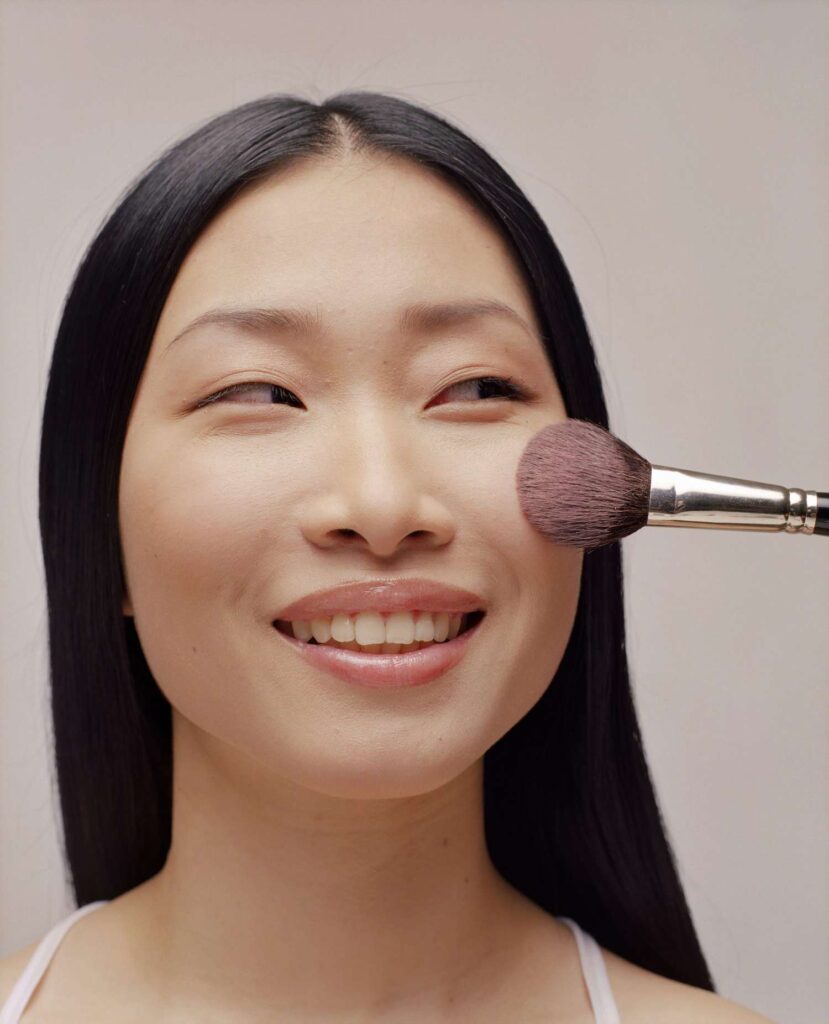
Blush and Bronzer Tips for Acne-Prone Skin
Choosing matte or satin finishes
When it comes to blush and bronzer, individuals with acne-prone skin should opt for matte or satin finishes. Matte blushes provide a subtle, natural flush to the cheeks without emphasizing any texture. Satin finishes offer a slight luminosity without the use of shimmer, which can draw attention to acne blemishes.
Applying blush on the apples of the cheeks
To achieve a fresh and youthful look, it is recommended to apply blush on the apples of the cheeks. This technique adds a healthy, natural flush to the face and can help bring balance to the complexion. Using a light hand, apply the blush in gentle circular motions, blending it towards the temples for a seamless finish.
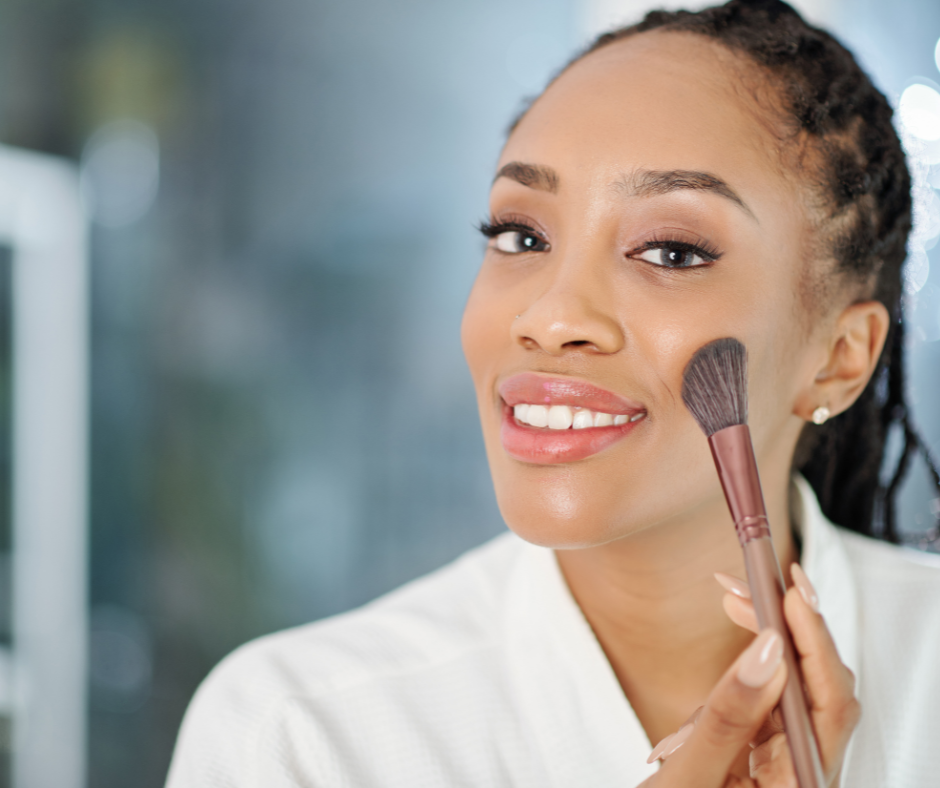
Using bronzer sparingly and strategically
Bronzer can add warmth and dimension to the face when used correctly. When applying bronzer to acne-prone skin, use it sparingly and strategically to avoid emphasizing any uneven texture caused by acne blemishes. Focus the bronzer on the outer perimeter of the face and areas where the sun naturally hits, such as the forehead, temples, and cheekbones.
Blending for a seamless look
Blending is crucial when applying blush and bronzer to acne-prone skin. Proper blending ensures a seamless and natural look, making sure that the products melt into the skin rather than sitting on top of it. Take the time to blend the blush and bronzer with a brush or sponge, ensuring no harsh lines or streaks are visible.
Setting and Finishing the Makeup
Setting makeup with a lightweight powder
To ensure that your makeup stays in place and lasts longer, set it with a lightweight powder. Look for a translucent or finely milled powder that won’t add any extra weight to the skin. Gently dust the powder over your face, focusing on areas prone to shine or where makeup tends to move.
Using a setting spray for longevity
For added longevity, consider using a setting spray. Setting sprays are formulated to prolong the wear of your makeup and keep it looking fresh throughout the day. Choose a setting spray that is suitable for acne-prone skin and helps control oil without clogging pores.
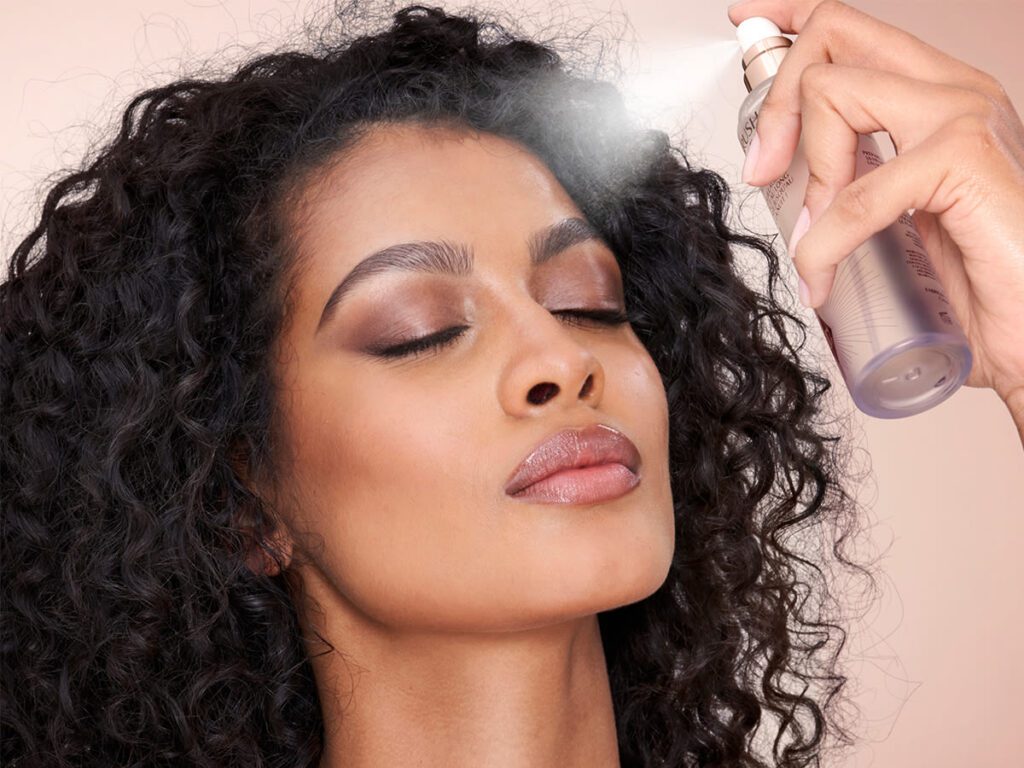
Avoiding heavy or comedogenic setting products
When selecting setting products, it is crucial to avoid anything heavy or comedogenic that could potentially worsen acne or cause breakouts. Look for lightweight, oil-free, and non-comedogenic options to set and finish your makeup without compromising the health of your skin.
Touching up throughout the day
Even with the best preparation and setting techniques, acne-prone skin may still require some touch-ups throughout the day. Carry a concealer or a powder compact with you to address any areas that may need a quick touch-up. By doing so, you can maintain a fresh and flawless appearance throughout the day.
Removing Makeup and Caring for Acne-Prone Skin
Gently removing makeup without harsh scrubbing
Removing makeup at the end of the day is crucial for maintaining healthy skin, especially for acne-prone individuals. However, it is essential to remove makeup gently without resorting to harsh scrubbing or aggressive cleansing techniques. Use a gentle makeup remover or micellar water to dissolve the makeup and then cleanse your face with a mild cleanser to remove any residual product.
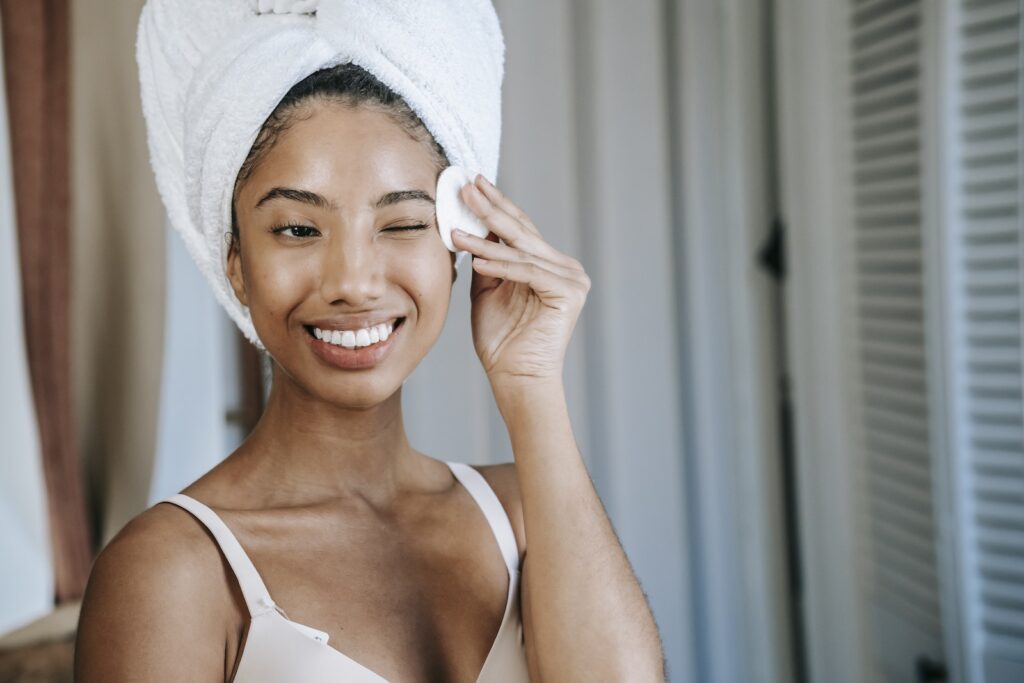
Double cleansing to ensure a clean face
Double cleansing is an effective method to ensure that your face is thoroughly clean after wearing makeup. Start with an oil-based cleanser to break down and remove any makeup, dirt, or excess oil on your face. Follow it up with a water-based cleanser to eliminate any remaining impurities and maintain the skin’s natural balance.
Using non-irritating and acne-fighting skincare products
In addition to removing makeup, it is essential to incorporate a skincare routine that includes non-irritating and acne-fighting products. Look for cleansers, serums, and moisturizers specifically formulated for acne-prone skin. Ingredients such as salicylic acid, tea tree oil, and niacinamide can help control acne and keep the skin clear.
Regularly exfoliating and moisturizing
Regular exfoliation helps remove dead skin cells and unclog pores, preventing further breakouts. However, individuals with acne-prone skin should opt for gentle exfoliants to avoid irritating the skin. Additionally, make sure to moisturize regularly to keep the skin hydrated, balanced, and healthy.
In conclusion, using face makeup for acne-prone skin is essential for boosting confidence, providing a temporary solution for acne blemishes, and ensuring that the right products are chosen and applied correctly. By understanding the needs of acne-prone skin, selecting suitable makeup products, prepping the skin properly, and adopting a comprehensive skincare routine, individuals with acne-prone skin can achieve a flawless and radiant complexion while maintaining the health of their skin. Remember, makeup can be a powerful tool in enhancing your natural beauty, but always prioritize skincare and choose products specifically designed for acne-prone skin to achieve the best possible results.


